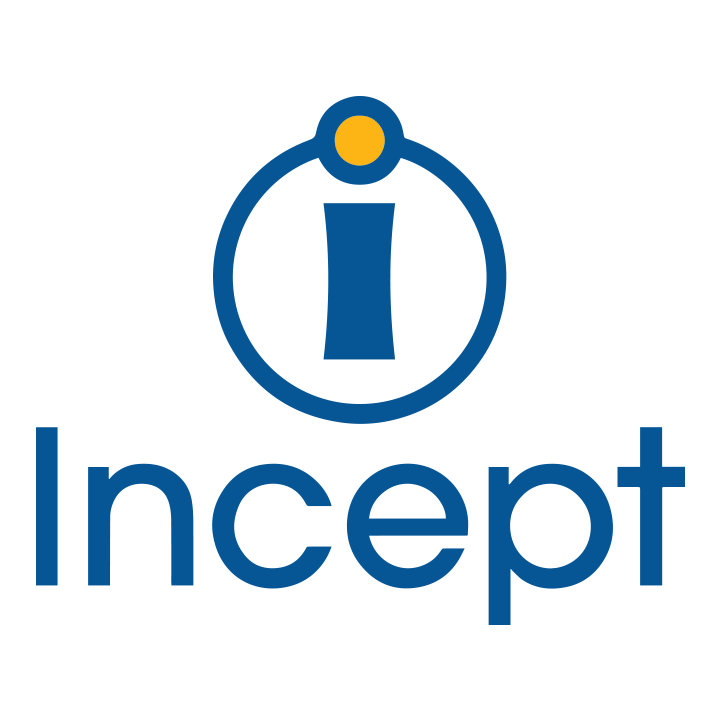In the fast-paced world of customer service, call deflection is a key strategy to streamline operations and boost customer satisfaction. By guiding customers towards self-service options and automated solutions, businesses can not only resolve issues promptly but also reduce the strain on live-agent resources. Here are practical strategies to improve call deflection in your contact center and elevate overall operational efficiency.
1. Build a Robust Knowledge Base:
Establish a comprehensive knowledge base that encompasses frequently asked questions, troubleshooting guides, and informative articles. Ensure that this resource is easily accessible to both customers and agents. A well-organized knowledge base empowers customers to find answers independently, reducing the need for direct contact.
2. Optimize Interactive Voice Response (IVR) Systems:
Streamline your IVR system to efficiently guide callers to relevant information or self-service options. Make the menu options clear, concise, and easy to navigate. A well-designed IVR can significantly decrease the number of calls that require agent intervention.
3. Implement Intelligent Chatbots:
Integrate AI-powered chatbots into your customer support channels. These bots can handle routine inquiries, guide customers through troubleshooting processes, and provide information quickly. Intelligent chatbots not only enhance the customer experience but also contribute to substantial call deflection.
4. Promote Self-Service Channels:
Actively encourage customers to use self-service channels by promoting their benefits. Include information about FAQs, knowledge bases, and chatbot assistance in your communications, such as emails, on-hold messages, and your website. Creating awareness can prompt customers to explore these options before reaching out to live agents.
5. Personalize Customer Communications:
Leverage customer data to personalize communication and offer tailored self-service solutions. Analyze past interactions to anticipate customer needs, providing relevant information and suggestions. Personalization not only enhances the customer experience but also increases the likelihood of successful call deflection.
6. Track and Analyze Data:
Implement robust analytics tools to monitor customer interactions and track call deflection rates. Analyzing data allows you to identify patterns, understand customer behavior, and pinpoint areas for improvement. Regularly review this information to refine your call deflection strategies based on real-time insights.
7. Continuous Staff Training:
Equip your live agents with the skills to guide customers towards self-service options. Ensure that your team is knowledgeable about the available resources and can effectively communicate their benefits. Training programs should emphasize the importance of call deflection as a means to improve overall service efficiency.
8. Gather Customer Feedback:
Actively seek feedback from customers who have utilized self-service options. Understand their experiences, identify pain points, and use this feedback to refine and enhance your self-service channels. Customer input is invaluable for making data-driven improvements.
Conclusion:
In conclusion, mastering call deflection is a dynamic process that involves a combination of technology, strategy, and a customer-centric approach. By investing in robust self-service options, optimizing existing systems, and empowering both customers and agents, your contact center can significantly improve call deflection rates. Ultimately, this not only enhances operational efficiency but also contributes to a more positive and streamlined customer experience.

